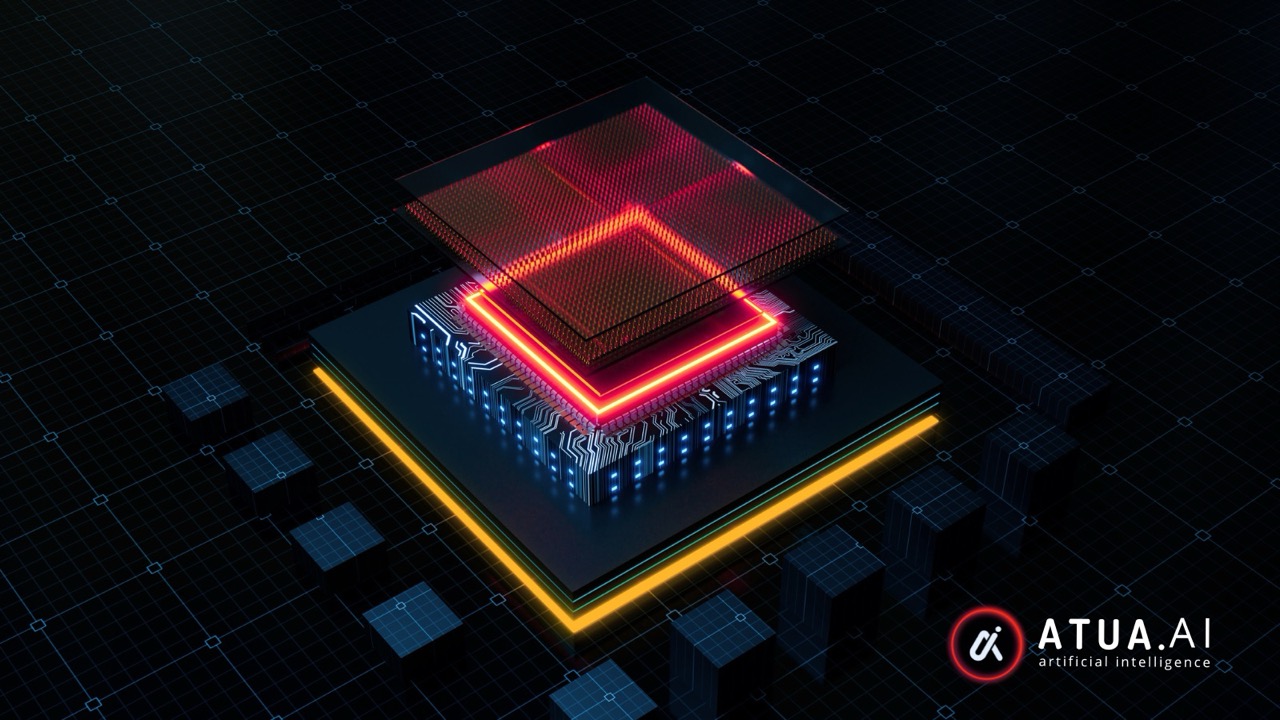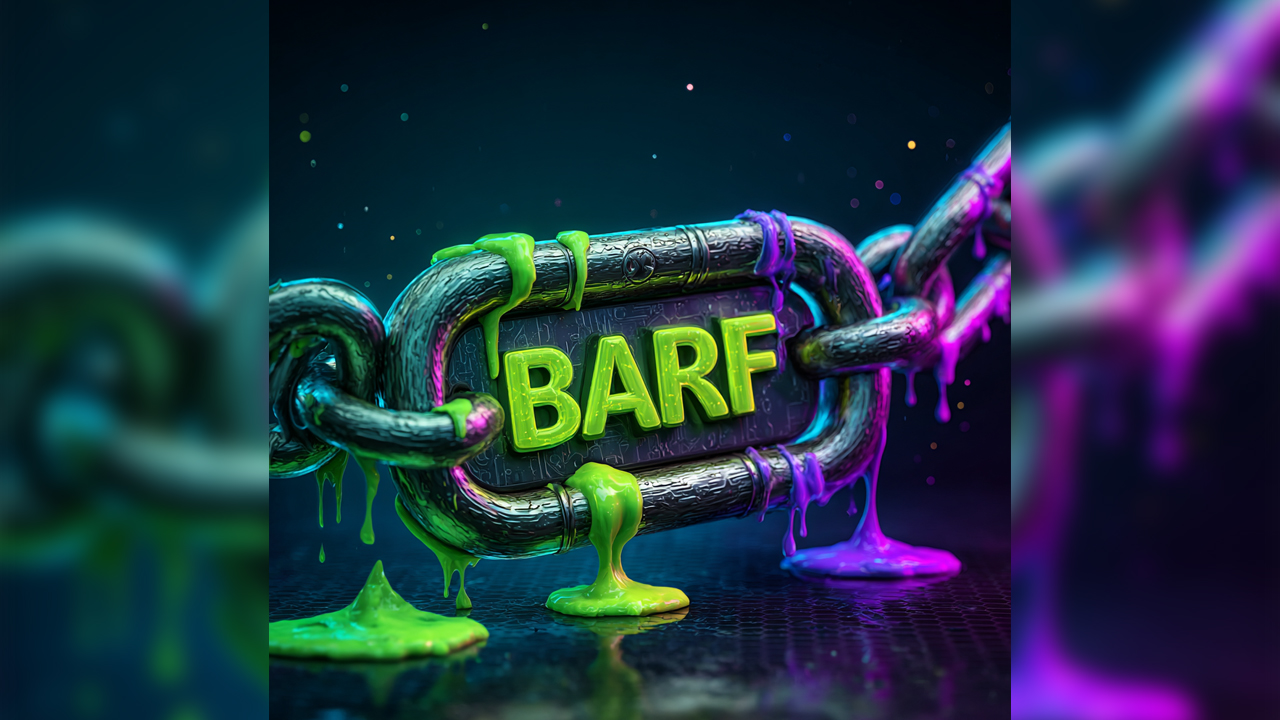Blockchain technology is often associated with cryptocurrency and refers to a system that generates and stores data. In this case, it is essentially a digital ledger that contains information on its users’ financial transactions. While users can keep track of their transactions through a digital wallet like XMR wallet, blockchain technology not only keeps track of multiple users’ data, it also verifies their legitimacy.
Because blockchain is decentralized, traceable, and immutable, they show potential applications in industries beyond finance, such as the healthcare industry. It might seem like a burgeoning idea, but a country like Estonia, with a population of roughly 1.3 million people, started it in 2012. Now, their healthcare billing, 95% of their healthcare data, and 99% of prescription information is accessed digitally and maintained on a blockchain.
Aside from Estonia, individual healthcare companies from various countries like the United States, England, and Russia, have dived into the possibilities that blockchain technology can offer. These examples showcase how blockchain technology can make the healthcare system efficient and accessible.
One of the best ways to apply blockchain technology to the healthcare industry is through its ability to make payments fast and easy. Other than this, there are three more ways blockchain technology can positively change the healthcare industry.
Streamlining Patient Care
In cryptocurrency, a decentralized blockchain means that the digital ledger’s information is stored on a network of computers called “nodes.” Anyone can have access to the network, and once accessed, a copy of the blockchain is made and stored on the user’s computer.
In healthcare, this allows a patient to easily access their medical records without having to fill up multiple forms whenever they visit different hospitals or consult with a new doctor. It also allows doctors to have immediate access to their patient’s information without having to rely on faulty computer systems or paper documentation.
Other than its ability to make medical records accessible, the blockchain can store patient information even when hospitals close down. This is because the blockchain is not attached to one entity, which in this case is the hospital. With this, a patient can easily visit more than one hospital while still having easy access to their information, and it simplifies the process of getting a second opinion.
Showing Patient and Medicine History
A blockchain’s traceability makes it easy for healthcare professionals to keep track of patient records while eliminating the risk of miscommunication. It also helps prevent patients from lying to their doctors because their medical records are transparent.
Aside from making patient records transparent, it can illustrate a medicinal drug’s travel history and other related information. As soon as the medicine is made available on the market, a block will immediately contain the name of its supplier, where it has been, and keep storing future information until it reaches the patient. This ensures that the drug comes from a legitimate supplier and eliminates worries that it has been tampered with.
Securing Patient Information
Much of the healthcare industry still relies on outdated software that is often unsecured. For even older hospitals, some rely on a completely offline system that uses paper filing for its documentation process. Because of this, it’s possible that a patients’ private information can be stolen, destroyed, or falsified. Blockchain technology is a perfect solution to this problem because it is decentralized and immutable.
It is easy to assume that a blockchain’s transparency means less security, but that is not true. Users often use “public addresses” or “public keys” so other users can transact with them, and the same technology can be applied in healthcare.
By providing a public key and coupling it with a private key that only doctors and hospitals have knowledge of, this narrows down the number of people who have access to medical records. Not only that, it also eliminates access to other sensitive information from those who might get into the network. This information can easily include credit card and bank account information, among other things.
In addition, a block has a unique identifier called “hash,” which they use to become part of the chain. To do so, the previous block’s hash is referenced in the new block. This system not only allows for the blockchain to make traceable transactions, but it also heightens its security because changing any information in the block also changes its hash.
One might still be apprehensive and assume someone can still painstakingly change all the hashes within the blockchain. But because a blockchain is decentralized, copies of the blockchain are distributed to anyone who has access to the network. Through this, blockchain technology can check if only one copy of the blockchain has been tampered with and easily reject it. These security measures ensure that patients’ private information cannot be hacked or falsified.
Using blockchain technology for the healthcare industry will require a learning curve, but its benefits outweigh the disadvantages. And just like any new technology that can be found in the market, continuous usage and research will permit the industry to shape it to suit its needs.









Leave a Reply